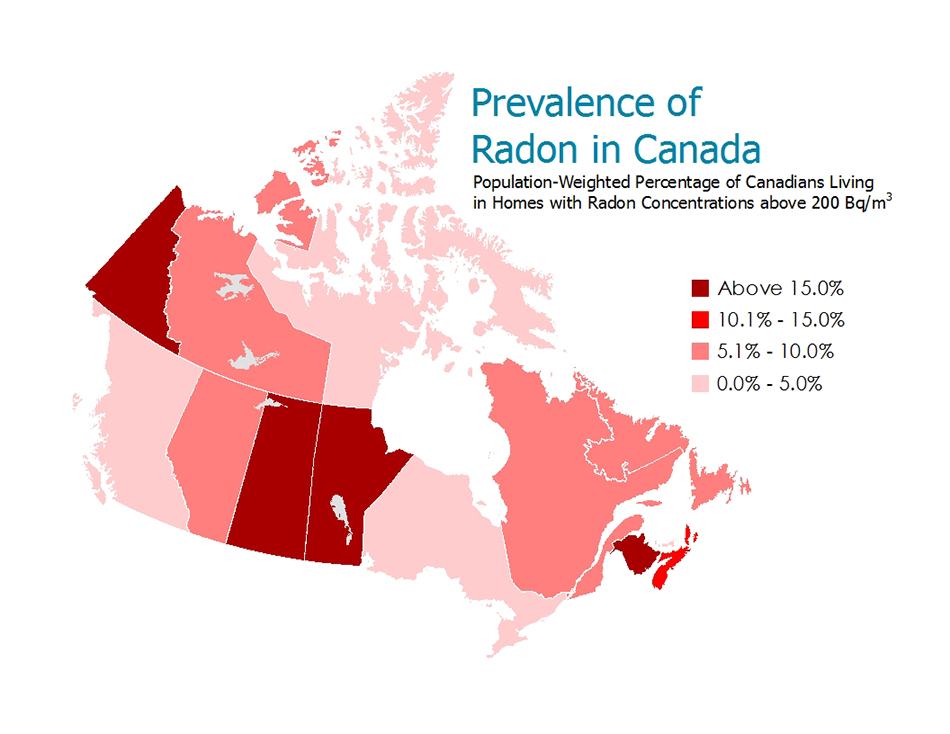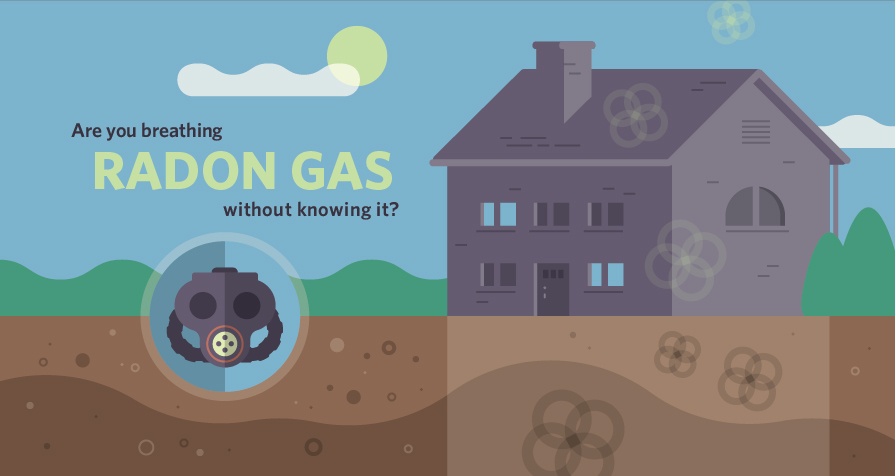I would do the radon examination well prior to providing the residence if I were marketing a residence that had not checked for radon in the past. If the radon levels are over the activity level, this method I can find out. I would certainly have time to discover the best professional and make certain the radon issue was repaired well prior to any possible customers might obtain frightened during the due persistance stage. Recognizing what I learn about radon in real estate transactions, I would certainly not permit the seller to work with the radon specialist if Click for source I was acquiring that residence.
Can you reduce radon by opening windows?
In most cases, pros charge about $1,500 to install a radon mitigation system, but you can do it yourself for only about $500 in materials. So if you're fairly handy and have some pinterest.com/pin/860469072547191312 carpentry, plumbing and electrical skills, you can install your own system in a weekend and save yourself a thousand bucks!
Depending on the dimension of your structure or slab and the number of noticeable splits, a securing task can set you back anywhere from $50 to a number of hundred dollars. The EPA encourages radon reduction for indoor concentrations more than 2 pCi/l as well as highly advises it for focus greater than 4 pCi/l. Minimizing radon levels below 2 pCi/l isn't affordable with present mitigation modern technologies. If anyone in your house smokes, or there are toddlers existing, the case for mitigating at levels in between 2 and also 4 pCi/l is a lot stronger. Under regular situations, including in homes with concentrations more than recommended risk-free levels, short-term radon direct exposure isn't something to fret about.
- Depending upon your geographic area, the radon levels of the air you breathe beyond your residence may be as high as 0.75 pCi/L.
- The United States EPA has placed it plainly, specifying, "Any kind of radon exposure has some threat of triggering lung cancer cells.
- Your risk of lung cancer cells boosts substantially with exposure to greater radon levels.
- Radon gas is a naturally-occurring result of the radioactive decay of Uranium in the dirt.
Do radon mitigation systems really work?
The cost of a mitigation system may vary according to the home's design, size, foundation, construction materials and the local climate. Radon reduction systems average costs nationally are $1,200 with a range from $800 to $1500 common depending on house and market conditions.

Because the weather condition can have an impact on the outcomes, bear in mind to evaluate for radon gas in numerous seasons throughout the year. You do not want the impact that you are "secure" due to the fact that you checked during a low duration yet your radon levels are in fact rather high during other periods. Also, If you have a radon mitigation system in your house, don't presume it is functioning effectively based upon the one test that you did right after the system was set up. Re-test any type of home with or without a radon reduction system at least every two years.
Depending upon your geographic place, the radon degrees of the air you take a breath beyond your home might be as high as 0.75 pCi/L. Your threat of lung cancer cells increases substantially with exposure to greater radon levels. Lung cancer threat rises 16% per 2.7 pCi/L increase in radon exposure. Globe Health Company, 2009 research studies show that radon is the key source of lung cancer amongst individuals that have actually never ever smoked. Nonetheless, the absolute numbers of radon-induced lung cancers are much bigger in people who smoke, or that have smoked in the past, as a result of a strong combined result of cigarette smoking and radon.
The ordinary worldwide outside radon level ranges 5-15 Bq/m3, equal to 0.135-0.405 pCi/L. For every 99.9 Bq/m3, or every 2.7 pCI/L rise in long term radon exposure, lung cancer cells risk increases 16 percent. The thing to remember is that the lower the level, the reduced the risk. As radon gas can gather indoors, it is essential to keep an eye on daily.
Radon is an unsavory, odorless as well as anemic gas that happens in soil as well as rocks. Beyond your residence, it continues to be at low levels as well as is relatively safe. As soon as radon gas impends, you can inhale its contaminated fragments. While limited exposure to radon is unlikely to have a major effect, lasting direct exposure can substantially boost your risk of getting lung cancer cells.
Decreasing Radon In Your Home
Radon is a dangerous, contaminated gas that is present in dirt and rocks. Outdoors, it dissipates safely into the air and is of little concern.

Who pays for radon mitigation?
The Surgeon General and the EPA recommend testing for radon and reducing radon in homes that have high levels. Fix your home if your radon level is confirmed to be 4 picocuries per liter (pCi/L) or higher. Radon reduction systems work. Some radon reduction systems can reduce radon levels in your home by up to 99%.